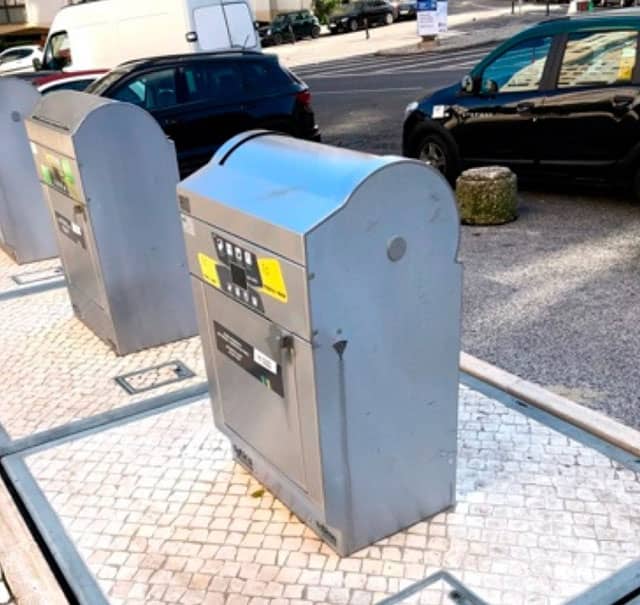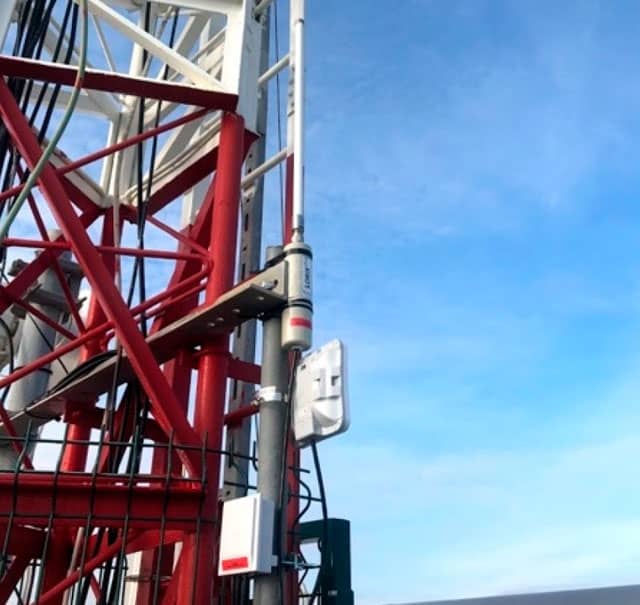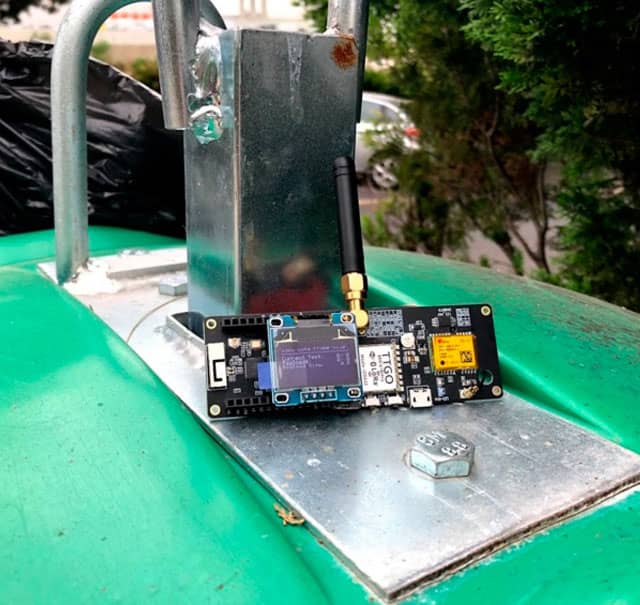LoRaWAN at the Core of a Smart City
Waste Disposal Management and Container Fill Level Tracking
Testing Sensor Connection Capabilities of LoRaWAN in the most Challenging Use Case

Underground containers were equipped with ultrasound waste-level measurement sensors from IoTsens. The sensors have a reading range of up to seven meters and cost 300 euros.
IoTsens sensors were selected for the higher reading range that is required in unterground containers. Experiments with probes revealed that the connection to the LoRa Network from underground containers is more difficult as the signals have to pass through the surrounding steel construction and pavement.
The metal construction and surrounding pavement of underground waste containers in Lisbon can disrupt the transmission of information from the sensors to the LoRa gateway.
Replacing the 2G Legacy System
Lisbon has a system for garbage truck route optimization and contrainer fill level tracking for both underground and regular waste containers. This system is based on 2G cellular technology. Waste management was regarded as the most challenging use case to implement LoRa technology and selected for network implementation testing. Sensor placement on the underground containers re-used existing drill holes from previous vendors.

Striving to Implement an Easy to Install Solution
The attenuation of the surrounding metal construction and pavement is so large that the current service provider had to modify the containers. Holes for external antennas were drilled to enable signal transmission from the sensors (black sensor, top left). These kind of adaptations disable the watertightness of the containers. The future LoRa solution is planned to avoid requiring any further modifications. Transition between vendors is expected to simplify based on the implementation of a common network standard.

Simulating Government Procurement for Sensors
Finding the ideal sensor for each individual use case
Different sensors were purchased by the research group to simulate the process of government procurement. The sensors for the overground use case do not require such a high reading range as those chosen for the underground containers. Since a reading range of less than two meters is required based on the container height, Dingtek702 sensors were selected.

The Cyclea (blue) and Iglô (green) are the containers used in Lisbon for recycleable waste and glass. Ultrasound sensors were deployed on the inside, measuring the distance between the top of the container and the waste, indicating the fill level.
Overground Container Sensors

Surface-level containers were equipped with Dingtek702 ultrasound waste-level measurement sensors. These sensors have a reading range of up to four meters and cost 70 euros. All deployed waste sensors in both testing scenarios were attached using metal structural support. Even though metal has a negative effect on the transmission strength and thus signal quality from the sensor to the LoRa gateway, the waste management environment exposes the sensors to external forces during waste pick-up for example. Robust structural support is the only practical solution but also causes an inevitable impact on the signal quallity.
Sensor Mounting

Dingtek702 Sensors were mounted in the containers for recycleable waste and for glass waste. Similar to the deployment of the IoTsens sensors, the research group attached the sensors in the same location in which the previous vendor had deployed their own sensors.





